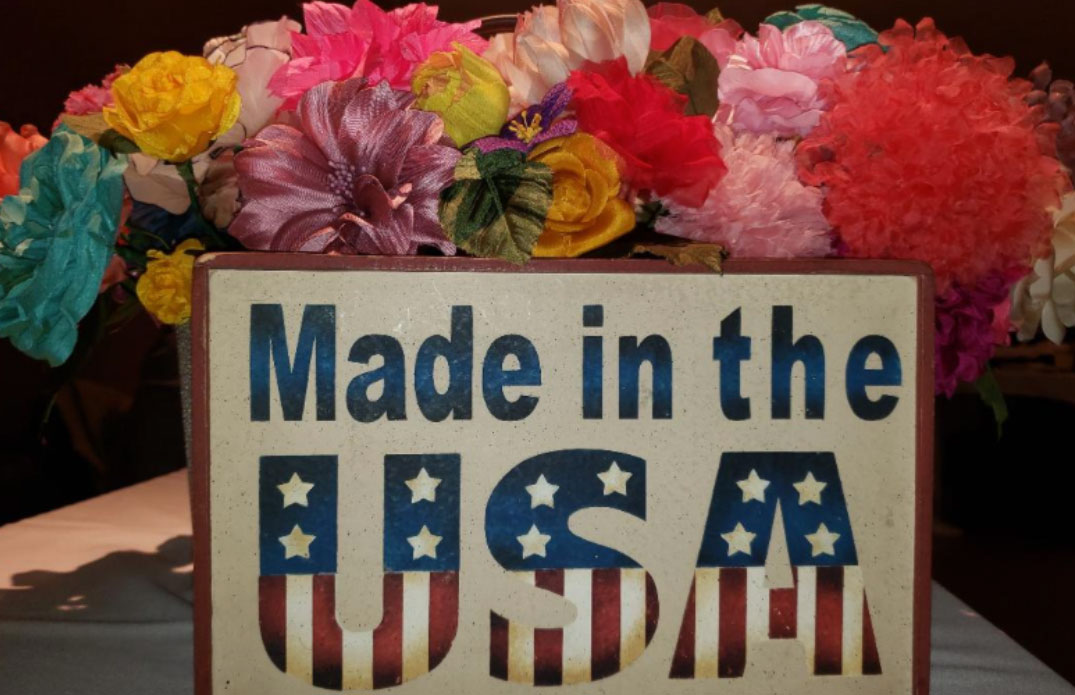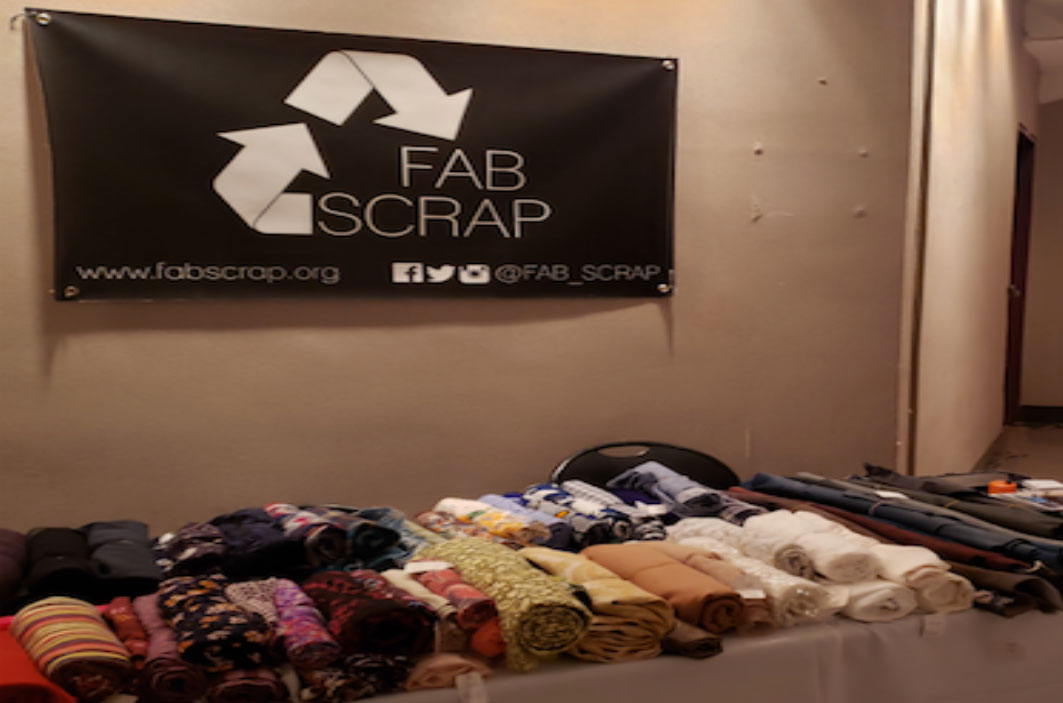
DIpil Das
City Source connects designers and small businesses with local resources to promote domestic partnerships.
Here are our key insights from the one-day event:
Domestic Sourcing Offers Opportunities, Particularly for High-End Brands
We saw many presentations from domestic vendors showcasing domestic fabrics as well as trimming, pattern-making and manufacturing capabilities. Domestic sourcing offers a number of benefits, particularly for high-end brands that may have more flexibility in their cost bases.
Domestic manufacturing must follow the (usually) more stringent US environmental standards, so an enhanced sustainability profile is built in. Domestic manufacturing also gives retailers and brands better visibility into raw materials and offers lower shipping costs, faster approval timelines and the ability to connect designers more directly to sourcing.
[caption id="attachment_102558" align="aligncenter" width="700"] Custom fabric flowers by M&S Schmalberg
Custom fabric flowers by M&S Schmalberg
Source: Coresight Research [/caption] Innovation Is Creating New Ways To Incorporate Sustainability Sustainability is being incorporated across the supply chain—from sourcing to logistics to end of life—and businesses are looking to employ innovative solutions to enable this. Those presented at City Source 2.0 included biodegradable materials, processes to encourage circularity, methods to increase transparency, pollution mitigation solutions and even ways to turn waste into profit. Fabscrap’s offerings for textile reuse and recycling
Fabscrap’s offerings for textile reuse and recycling
Source: Coresight Research [/caption] Technology Can Power Sustainability. When fashion brands implement a major technology upgrade, it can involve new software, workflow changes and even changes to operating procedures—but technology offers long-term benefits that can outweigh the cost and pain of transition. Technology can support sustainability efforts and cut labor costs by automating manual tasks. Some examples include RFID, 3D printing, 3D design for improved customization, laser embroidery, laser mapping for more effective use of textiles and block chain. 3D design allows brands to create customized products and provide advanced technical sizing by replicating designs onto proportional digital models. Laser mapping on leather, for example, picks up flaws in the material and determines the most effective way to cut the leather, maximizing its use and reducing waste. Block chain supports information sharing with the customer about the status of a product in the logistics pipeline.
 Custom fabric flowers by M&S Schmalberg
Custom fabric flowers by M&S Schmalberg Source: Coresight Research [/caption] Innovation Is Creating New Ways To Incorporate Sustainability Sustainability is being incorporated across the supply chain—from sourcing to logistics to end of life—and businesses are looking to employ innovative solutions to enable this. Those presented at City Source 2.0 included biodegradable materials, processes to encourage circularity, methods to increase transparency, pollution mitigation solutions and even ways to turn waste into profit.
- Kromagnon creates sustainable and eco-friendly high-street apparel using bio-plastics and fabrics made of hemp.
- Fabscrap is a nonprofit company that recycles excess materials from designers. It also offers other designers the opportunity to “shop the scraps.”
- RE: Source Libraryand Study NY connect industry with students and designers with sustainable material options in the New York City Garment District.
 Fabscrap’s offerings for textile reuse and recycling
Fabscrap’s offerings for textile reuse and recycling Source: Coresight Research [/caption] Technology Can Power Sustainability. When fashion brands implement a major technology upgrade, it can involve new software, workflow changes and even changes to operating procedures—but technology offers long-term benefits that can outweigh the cost and pain of transition. Technology can support sustainability efforts and cut labor costs by automating manual tasks. Some examples include RFID, 3D printing, 3D design for improved customization, laser embroidery, laser mapping for more effective use of textiles and block chain. 3D design allows brands to create customized products and provide advanced technical sizing by replicating designs onto proportional digital models. Laser mapping on leather, for example, picks up flaws in the material and determines the most effective way to cut the leather, maximizing its use and reducing waste. Block chain supports information sharing with the customer about the status of a product in the logistics pipeline.